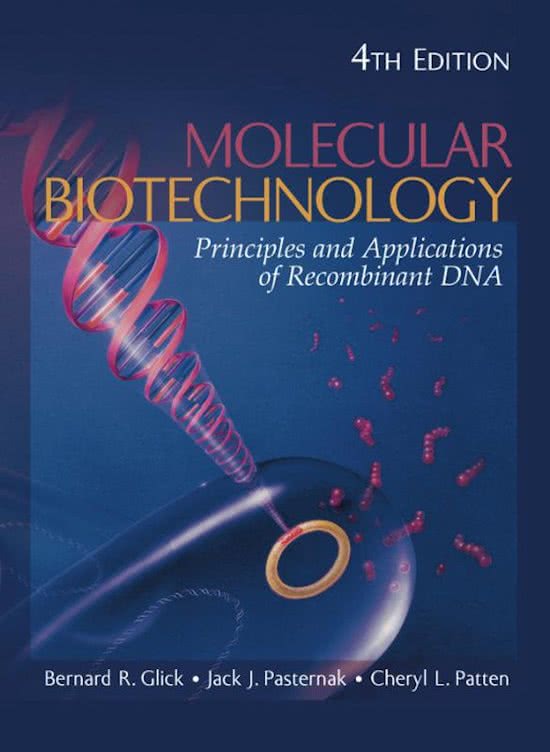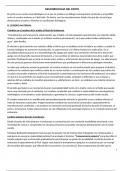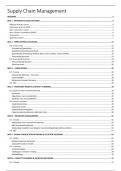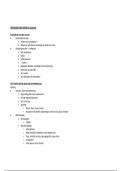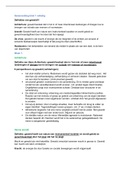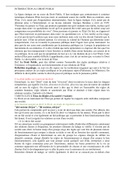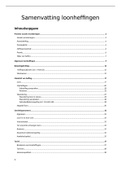H3
Recombinant DNA technology, is a term that includes a
number of experimental protocols leading to the transfer
of genetic information (DNA) from one organism to
another. A recombinant DNA experiment often has the
following format:
• The DNA from a donor organism is extracted,
enzymatically cleaved(cut), and joined (ligated) to another
DNA entity (a cloning vector) to form a new, recombined
DNA molecule (cloning vector– insert DNA construct, or
DNA construct).
• The DNA construct is transferred into a host cell
called transformation.
• Those host cells (transformed cells) are identified
and selected (separated, or isolated) from those that do
not.
• A DNA construct can be created so that the
protein product encoded by the cloned DNA sequence is
produced in the host cell.
Restriction Endonucleases
For molecular cloning, both the target sequence and the
cloning vector must be consistently cut into fragments. It
was only after bacterial enzymes that cut DNA at specific
base pair sequences were discovered that molecular
cloning became feasible. Most type II restriction
endonucleases(restriction enzymes). First one out of
Escherichia coli, EcoRI.. EcoRI is a homodimeric protein (it is made up of two identical proteins) that
binds to a DNA region recognition site, or binding site. The EcoRI recognition sequence consists of 6
base pairs (bp). EcoRI specifically cleaves the internucleotide bond between the oxygen of the 3′
carbon of the sugar of one nucleotide and the phosphate group attached to the 5′ carbon of the
sugar of the adjacent nucleotide. The symmetrical staggered cleavage of DNA by EcoRI produces two
single-stranded(sticky ends). In this case,each single-stranded
extension has on the end a 5′ phosphate group, and the 3′ hydroxyl
group of the opposite strand.
The naming protocol; the genus is the capitalized letter, and the
first two letters of the species name are in lowercase letters. The
strain designation is occasionally added to the name, such as R is
EcoRI, or the serotype of the source bacterium is sometimes noted,
such as d in HindIII. The Roman numerals are used to designate the
order of characterization of different restriction endonucleases
from the same organism.
The palindromic sequences = type II restriction. Some restriction
Recombinant DNA technology, is a term that includes a
number of experimental protocols leading to the transfer
of genetic information (DNA) from one organism to
another. A recombinant DNA experiment often has the
following format:
• The DNA from a donor organism is extracted,
enzymatically cleaved(cut), and joined (ligated) to another
DNA entity (a cloning vector) to form a new, recombined
DNA molecule (cloning vector– insert DNA construct, or
DNA construct).
• The DNA construct is transferred into a host cell
called transformation.
• Those host cells (transformed cells) are identified
and selected (separated, or isolated) from those that do
not.
• A DNA construct can be created so that the
protein product encoded by the cloned DNA sequence is
produced in the host cell.
Restriction Endonucleases
For molecular cloning, both the target sequence and the
cloning vector must be consistently cut into fragments. It
was only after bacterial enzymes that cut DNA at specific
base pair sequences were discovered that molecular
cloning became feasible. Most type II restriction
endonucleases(restriction enzymes). First one out of
Escherichia coli, EcoRI.. EcoRI is a homodimeric protein (it is made up of two identical proteins) that
binds to a DNA region recognition site, or binding site. The EcoRI recognition sequence consists of 6
base pairs (bp). EcoRI specifically cleaves the internucleotide bond between the oxygen of the 3′
carbon of the sugar of one nucleotide and the phosphate group attached to the 5′ carbon of the
sugar of the adjacent nucleotide. The symmetrical staggered cleavage of DNA by EcoRI produces two
single-stranded(sticky ends). In this case,each single-stranded
extension has on the end a 5′ phosphate group, and the 3′ hydroxyl
group of the opposite strand.
The naming protocol; the genus is the capitalized letter, and the
first two letters of the species name are in lowercase letters. The
strain designation is occasionally added to the name, such as R is
EcoRI, or the serotype of the source bacterium is sometimes noted,
such as d in HindIII. The Roman numerals are used to designate the
order of characterization of different restriction endonucleases
from the same organism.
The palindromic sequences = type II restriction. Some restriction


